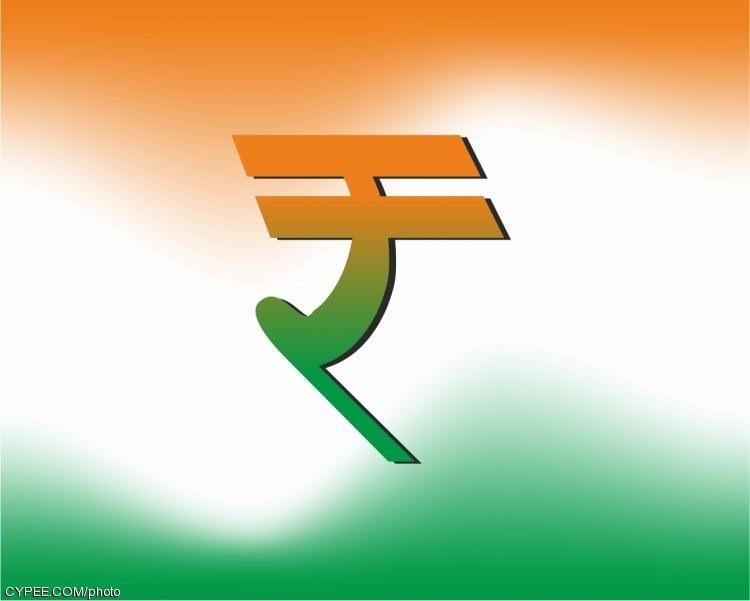
In keeping with India’s growing economic might and its status as a major investment destination, the hitherto humble rupee is all set to get a distinct identity in the form of a new symbol. The Union Cabinet on Thursday gave its approval to the symbol which combines the Roman letter ‘R’ with the Devnagri ‘Ra’.
The symbol will catapult the rupee into the company of four ‘elite’ currencies which have similarly distinct identities — the US dollar, euro, yen and British pound.
The Indian Rupee: A Symbol of India’s Rich Cultural Heritage
For centuries, the Indian rupee has been an integral part of India’s economy, serving as a medium of exchange for goods and services. However, until 2010, the rupee did not have a unique symbol to represent it, unlike other major currencies such as the US dollar, the euro, and the pound sterling.
This changed when the Indian government officially introduced a symbol for the rupee, which was designed to represent India’s rich cultural heritage and to establish the rupee as a distinct brand in the global market.
The symbol, designed by Udaya Kumar, is a combination of the Devanagari letter “र” (ra) and the Roman capital letter “R”.
The Devanagari script is an ancient script used to write Sanskrit and many modern Indian languages, including Hindi and Marathi. The use of the Devanagari letter in the design of the rupee symbol represents India’s rich cultural heritage and its long history of written language.
In addition to its cultural significance, the rupee symbol also serves a practical purpose. With the increasing globalization of the Indian economy, the rupee symbol helps to distinguish the Indian currency from other currencies in financial transactions and makes it easier for people to identify the rupee when reading financial statements.
The symbol is now widely recognized and used in India and abroad, appearing on banknotes, coins, and financial statements.
In conclusion, the introduction of the rupee symbol in 2010 was a significant event in the history of the Indian currency. It represents not only the economic growth and development of India, but also its rich cultural heritage.
